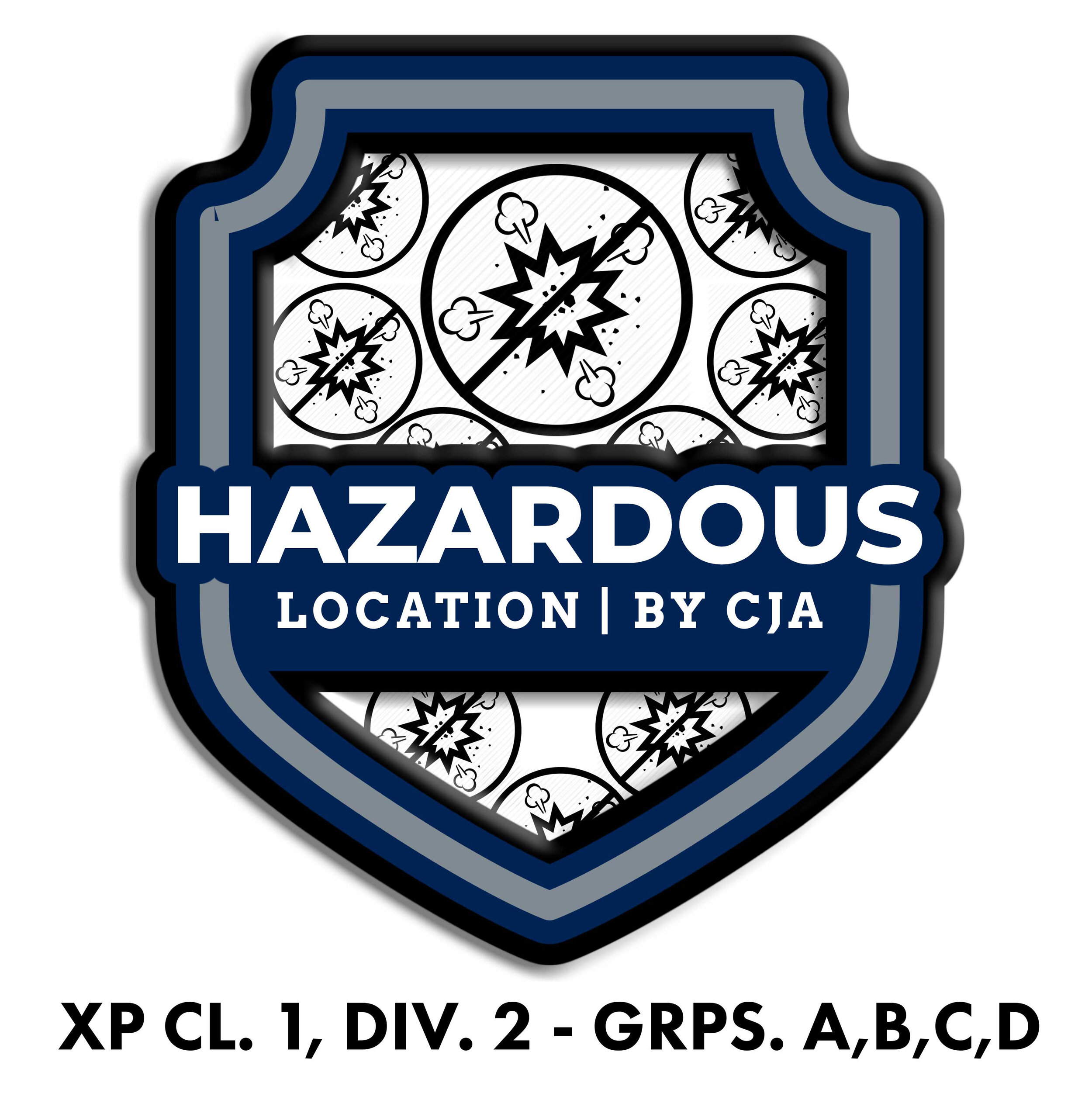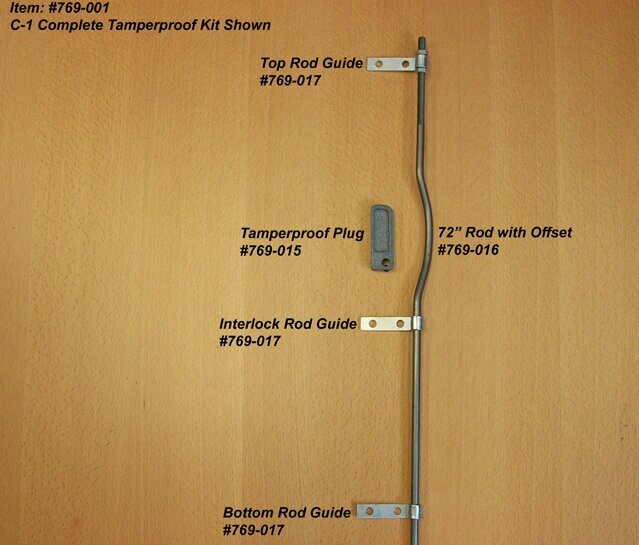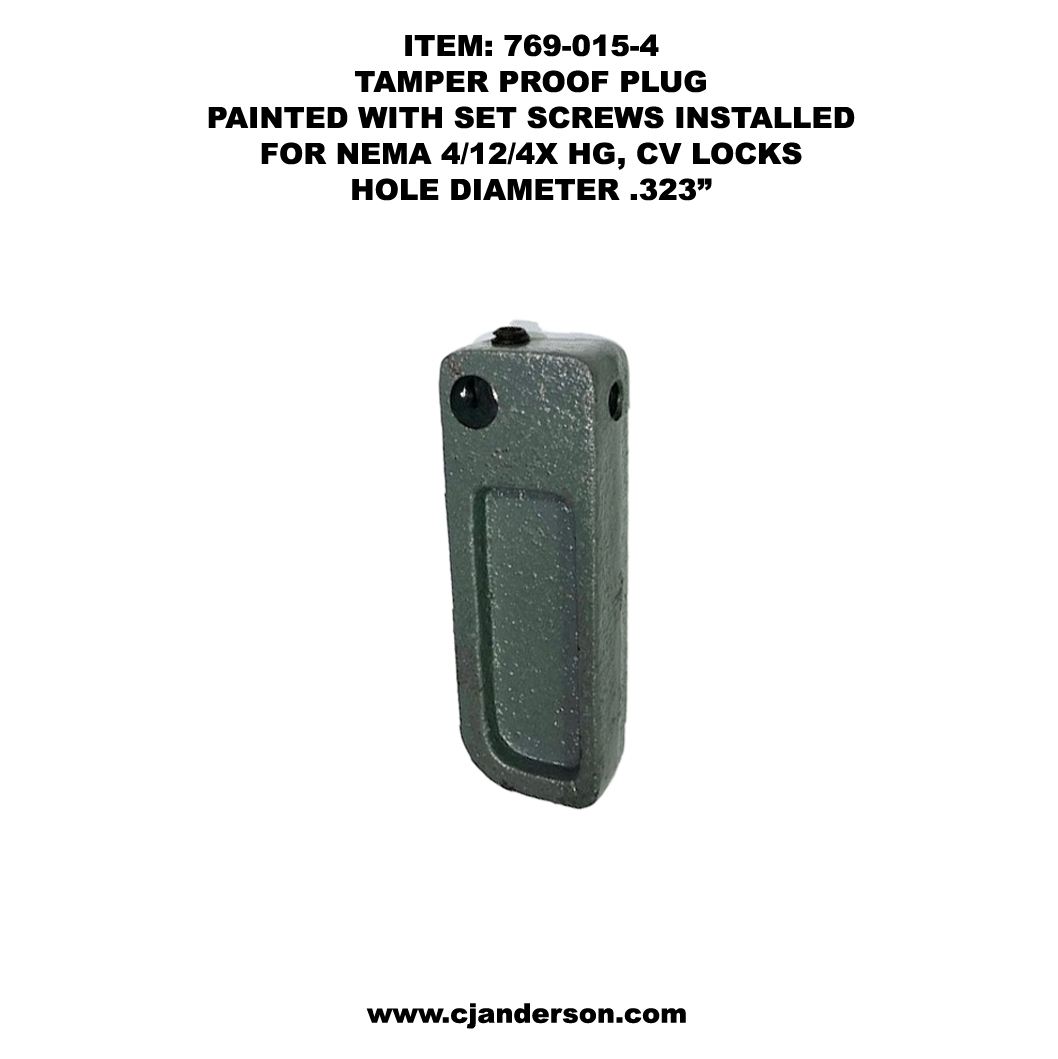HG-2 Left Hand Door Locking Device - Use With Retiring Cam






HG-2 Left Hand Door Locking Device - Use With Retiring Cam
778-502 - Standard | 778-602 - NEMA 4/12/4X | 778-602-HS - Hazardous Location
Lead Time: 4-5 Weeks - Depending On Quantity
Single Slide Vertical Rise Elevator Doors: Use HG-2 with a ARC Retiring Cam
Models Available / Specifications
ITEM: 778-502
cUL Listed - UL 104 | 250V AC, 2 Amps | Min. Travel: 7/8” | Force: 1.8 lbs. | Heavy Duty Cast Iron Enclosure, Latch and Roller Arm, Self Wiping Metal Loaded Contacts
ITEM: 778-602
NEMA 4/12/4X | cUL Listed - UL 104 | 250V AC, 2 Amps | Min. Travel: 7/8” | Force: 1.8 lbs. | Heavy Duty Cast Iron Enclosure, Latch and Roller Arm, Self Wiping Metal Loaded Contacts | Gasketed Shafts & Cover Plate
ITEM: 778-602-HS
Hazardous Location Model - Class 1, Division 2 - Groups, A,B,C,D - Hermetically Sealed Contact Block Rated UL, CSA. Switch built to NEC Code requirements for Class 1, Division 2, Groups A,B,C & D Locations - (360VAC Inductive)
Device Description
The HG-2 is an Elevator Door Interlock, retiring cam required device. Intended for use on single slide vertical rise freight doors. They are wired in series with all of the other door switches in the hoist-way and the electrical control circuit of the elevator so as to produce an overall electrical safety loop. In addition to this circuit closing system there is a mechanical latch which locks the door in the closed or down position. The HG-2 Interlock has two contacts and is used with a retiring cam. These two contacts are the door close contact and the door locked contact.
*This door locking device is built in both a Right-Hand or Left-Hand model. The hand is determined by standing inside the elevator looking out. The side the lock is to be mounted (Left or Right) is the hand to be ordered.
These Door Locks are mounted to the door frame or wall inside the hoist-way through mounting holes in the casting . The housing includes the contact making assembly, shafts and cam. At the top of the housing is a roller arm shaft with an adjustable roller arm. A conduit connection hole in the bottom of the housing is for wiring to the contact terminals.
Operation
When the elevator stops at the landing, the elevator controller signals the retiring cam on the elevator to activate which strikes the door locking roller arm. This allows the door to open and the door locking bar to exit the lock. The hoist-way door slides vertically upward and the locking bar mounted on the door mechanically opens the contacts after the door bar exits the locking device. When the door is closed the locking bar enters into the door locking device and closes the contacts signaling to the elevator controller that the doors are closed and the retiring cam can detract from the roller arm assembly. Once completed this door lock contact is then closed signaling to the elevator controller that the doors are both closed and locked. These contacts are part of the safety circuit and if either is opened the elevator will not run as long as they are wired correctly according to the elevator control company’s wiring diagrams.
Installation/Maintenance Guide
Periodic lubrication and replacement of internal contacts is required and based on usage of elevator and environmental factors. We recommend using FluidFilm as lubrication for all moving pieces. Please email sales@cjanderson.com for assistance with any questions you might have.


















